|
If you swing your hips more than others, don’t like walking slow or hate standing in one position for too long because your body aches, you may have something uneven in the lower half of your body, this is known as leg length discrepancy (LLD). You might not know this but having unequal leg lengths is a common condition as it is estimated to affect 40-70% of the population and can occur in both children and adults. This should not come as much of surprise as we are all built differently, with different body types and structures. So, what is LLD and how can it be treated? THE TWO CLASSIFICATIONS OF LLD:
CATEGORIES OF LLD:
SYMPTOMS OF A LEG LENGTH DISCREPANCY:
LEG LENGTH DISCREPANCY IS ASSOCIATED WITH MUSCULOSKELETAL DISORDERS INCLUDING:
METHODS OF DIAGNOSING A LIMB LENGTH DISCREPANCY:
HOW CHIROPRACTORS CAN MANAGE YOUR LEG LENGTH DISCREPANCY:- The type of medical management depends on the severity of the discrepancy, the type of discrepancy and if the patient is symptomatic.
If you feel like you’re someone with a shorter leg or have any other musculoskeletal issues, please visit your local health care professional. If you are a local to health associates do not hesitate to ask or book in, we would be more than happy to help. REFERENCES
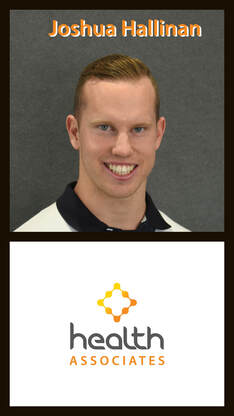 Joshua Hallinan Chiropractor Joshua is a very focused, dedicated and committed Practitioner. Growing up in Menai, he has been actively involved in AFL and Cricket and currently has a passion for Soccer and strength based training. He loves sport but more importantly, Joshua can see the major benefits of being active and moving regularly. Joshua's special interests are in sports injuries, musculoskeletal complaints and headaches. He enjoys helping relieve pain and alignments and supporting his patients to live optimally as well as instilling optimism and personal belief that moving well is important for a happy and health life. You know when you see Joshua you are in the hands of someone who continually strives to be ahead in his profession and will bring his expertise and skill to all of his patients. You'll find Josh has a friendly and enthusiastic personality, who is also very relaxed and down to earth to be with, leaving you feel comfortable and confident in his treatment and recommendations. Availability Tuesday 8am - 6pm Wednesday - 3pm - 7pm Friday - 3pm - 7pm
2 Comments
So you’ve reached that half way point. You find that flat spot with a killer view to sit down and enjoy. Getting that bag off your back feels so good and you know those goodies you packed for fuel are going to taste better than ever. This view, the H2O and “aaaa-mazing” home made beef jerky your friend has supplied you with, promising no adverse affects, would all be perfect if you weren’t also wishing to find a new pair of feet at the bottom of that bag... Whether you’re a competitive runner or humble walker on your own, with friends or with your family, here are some valuable HOT tips for hiking all year round!
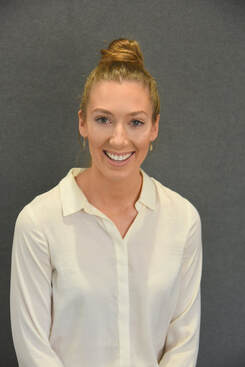 Anneliese Ball Podiatrist Anneliese is at Health Associates as a Podiatrist working Monday and fortnightly Saturday. She holds both a Bachelor of Psychology and Podiatry. As a podiatrist she combines her proficient knowledge of human mechanics and ability to connect and engage with her patients to deliver outstanding clinical outcomes and an exceptional customer experience. Anneliese loves health and fitness and enjoys encouraging her patients to maximise their health. |
Archives
June 2021
|
|
Contact Details
Call 9542 3330
99A Loftus Ave, Loftus NSW 2232 Hours Monday & Wednesday 8am - 6pm Saturday: 8am - 12pm Early morning or later evening available by appointment Our reception is available for walk-ins on Monday, Wednesday & Saturday. Or by telephone 7 days. |

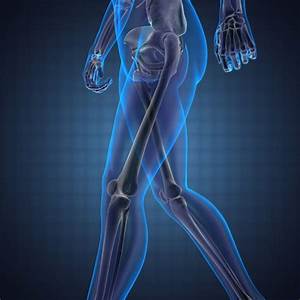
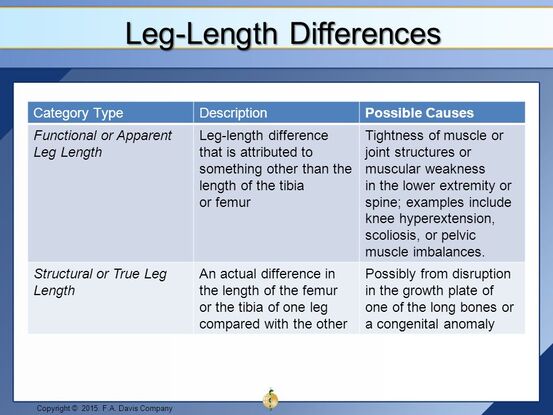
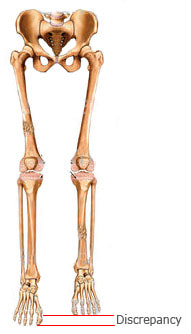
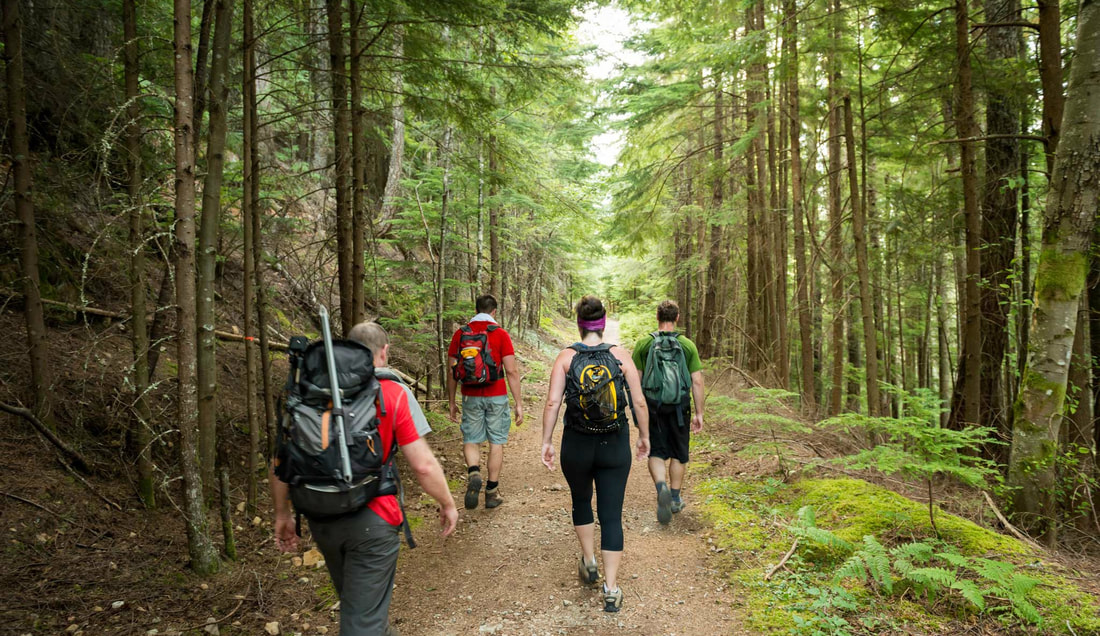
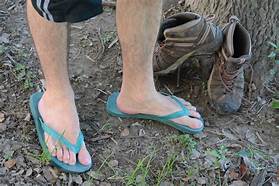
 RSS Feed
RSS Feed